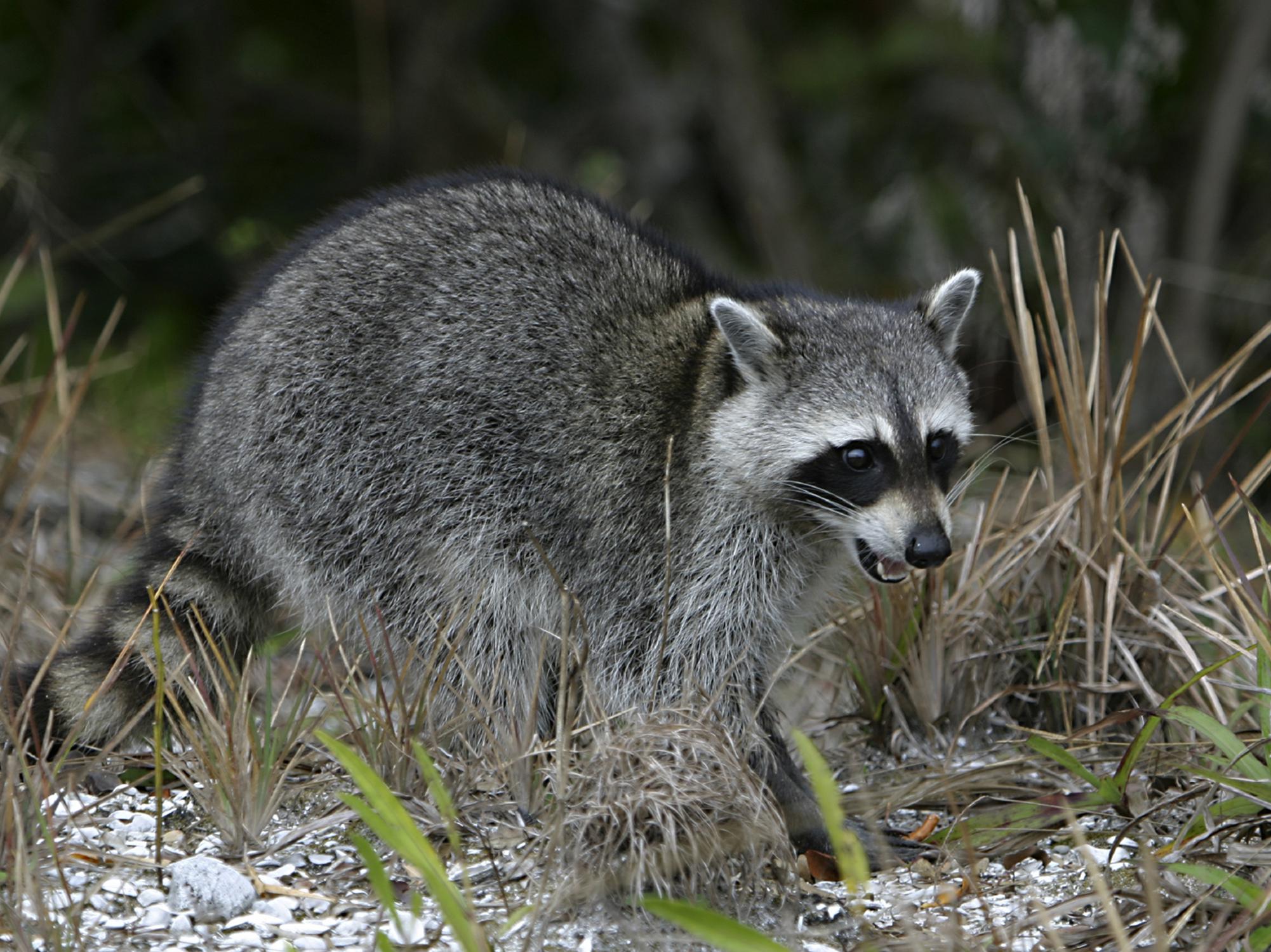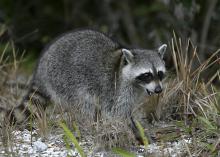Information Possibly Outdated
The information presented on this page was originally released on June 21, 2019. It may not be outdated, but please search our site for more current information. If you plan to quote or reference this information in a publication, please check with the Extension specialist or author before proceeding.
People and wildlife can coexist in urban areas
STARKVILLE, Miss. -- The story goes something like this: In his excitement to kill the rattlesnake that was making its escape across the road, the man used the only thing he had available -- his thermos bottle. The next scene in this drama has the man in the hospital receiving antivenom to treat a snake bite.
Encounters with wildlife are becoming more common in towns and neighborhoods as urbanization increases. Habitat loss to fragmentation, urbanization and expanding agricultural production means urban and suburban areas are becoming options for wildlife searching for new homes. It is not just snakes, but also coyotes, foxes, raccoons, deer and even bears.
Many people -- like the thermos-wielding man in the story -- may not realize that snakes are beneficial. Snakes eat insect pests as well as rodents that can serve as vectors for parasites and infectious diseases that may be transmitted to people.
A venomous snake hanging around the backyard would be a cause for concern. But since only 20 of the estimated 127 species in North America are venomous, the probability of encountering a venomous snake is low.
On the other hand, most people aren’t worried about a cute raccoon eating out of the cat’s outdoor food dish. However, that same animal could be a carrier for rabies, parasites, influenza, salmonella or other pathogens that are issues for people and their household pets.
This does not mean people should be afraid of wildlife. People generally do enjoy wildlife, whether watching birds at a feeder or sharks on television. Rather than being fearful, people should instead be aware and respectful.
What should people know about wildlife in their backyard?
Some folks want to create space for nature by offering the food, shelter and water that animals are seeking. Bird feeders, pollinator plantings, (unchlorinated) water features, and native trees and shrubs can be artfully incorporated into landscaping to provide beauty and supply backyard habitats.
This supplemental support is different from caring for wild animals as if they were domesticated. Deliberately feeding animals like squirrels, deer or raccoons can create a hazardous situation for people and wildlife.
Homeowners who don’t want any furry or scaly visitors should be mindful not to provide food or shelter -- such as outdoor pet food bowls or stacks of firewood -- that may attract these creatures.
If a wild animal does appear in your yard, the best option for a peaceful encounter is to give it space. Most animals, if they are not used to people, will either escape the imminent danger humans pose or hide until the coast is clear for them to leave. It is when people move in closer -- whether accidentally through unawareness or intentionally to help or harm -- that a wild animal will feel the need to defend itself.
If an unwanted guest does not move on, it is best to contact local wildlife experts for their assistance. Not only will this avert any unwanted injuries to people or animals, it will also prevent any unintentional violations of the state and federal laws that protect most wildlife.
Wildlife in urban and suburban areas are a mixed blessing. Coexistence is possible when common sense and research-based management practices are used to protect both people and wildlife.

Editor’s Note: Extension Outdoors is a column authored by several different experts in the Mississippi State University Extension Service.








